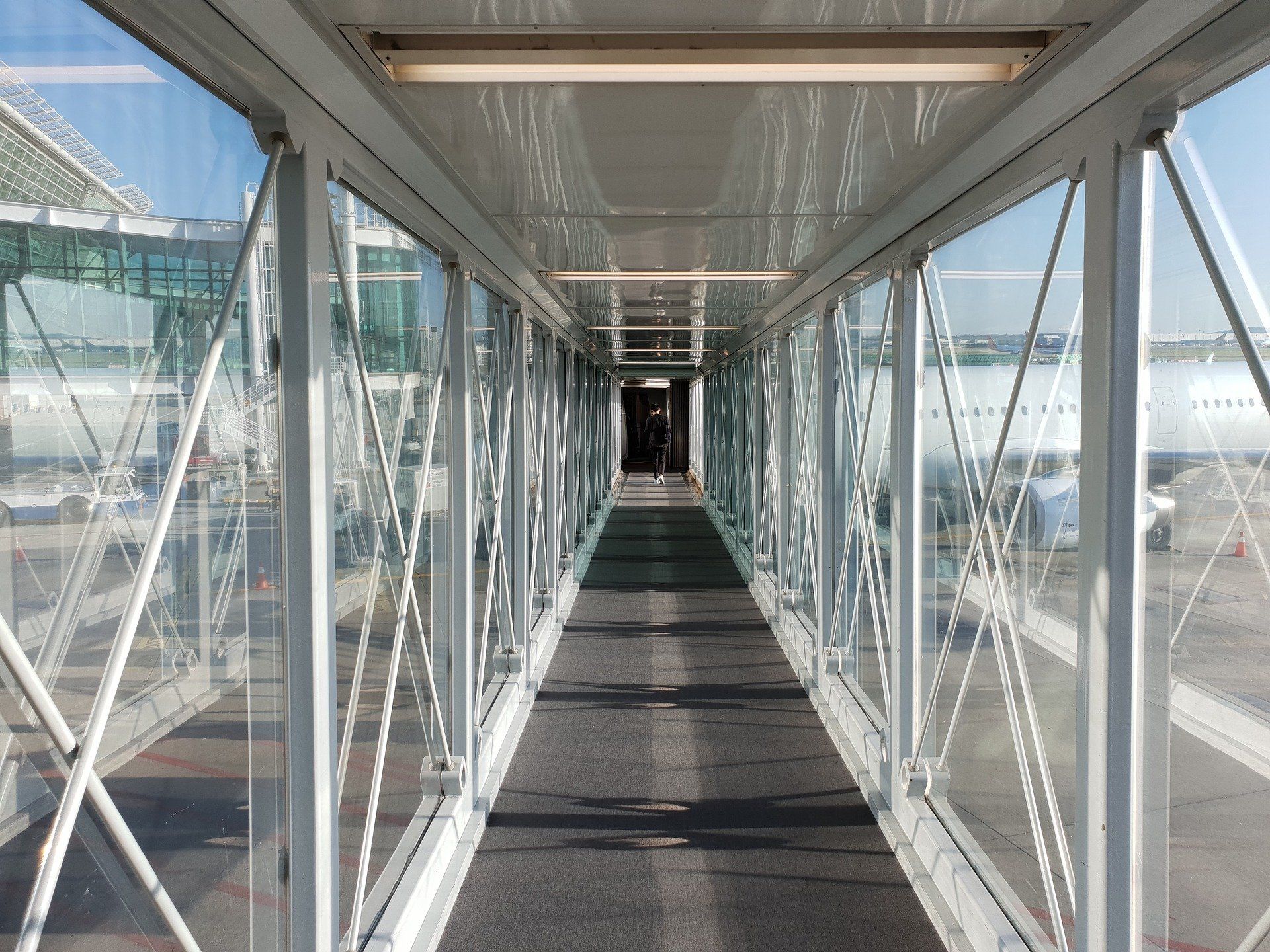Like any other crisis, COVID-19 not only causes economic damage but also serves as a catalyst for change and transformation. Personally, I am quite surprised to see digitization getting fast-forwarded in areas that were badly behind the curve still a few weeks ago: home-office for virtually any desk worker, primary and secondary education, local retail, even church services, to name a few. The vast penetration of broadband connectivity is a key enabler for all those examples and has become a commodity that everyone can take for granted.
So how about the airline industry in this context?
Firstly, will there be a change in air travel behavior once the current crisis is over? In business, videoconferencing systems are nothing new, and I bet that already after a few weeks of lock-down many of us cannot wait to get in front of their customers again. Leisure trips? An executive of a European Low-Cost Carrier lately told me that they are expecting a surge in demand for trips to Mallorca as soon as borders reopen. Nevertheless, we can expect cautionary measures to remain in place for much longer time than after the SARS pandemic in 2003.
Secondly, is there a knock-on impact to Inflight Connectivity (IFC)? At first glance, airlines will be struggling for their bare existence in the months, if not years, following the COVID-19 peak, and IFC could end up at the very bottom of their agenda. In any case IFC usage will drop, and the force majeure clause in contracts would allow airlines to cancel or postpone new deployments. However, as said above, every crisis is also a catalyst for overdue change – and the current situation is also an opportunity for airlines to review and potentially reframe IFC at large.
What I mean with reframing IFC is to stop looking at it as something specific, that is, works only inflight above a certain altitude, is implemented only for part of the fleet (to save money wherever possible), and is provided to passengers as a premium service (presumably one of the last places where it is done that way). To make connectivity a true enabler of digitization, like it is on the ground, it must be ubiquitous (in the air and on the ground), available on every aircraft (including also regional jets and turboprops), and so self-evident to passengers that using it becomes the norm, not the exception.
Maybe in the distant future? I think this could happen very soon. Connectivity, when approached the way outlined above, can help with challenges in air travel that are right under our nose in the phase following COVID-19. Here are 4 examples:
Social distancing: enforcing 1.5 meters of distance between 2 persons to reduce infection risk constitutes a real challenge for airports. With 1 person now occupying a square of 3×3 meters, the packing density is reduced by a factor of 18 (with 2 persons per square meter being a typical value for moving queues). Bringing all passengers online would enable walk-through airport transits and avoid queues building up: departing passengers could be steered to arrive at the airport just in time, and airports could dynamically adapt their bottlenecks in arrival direction based on real-time data shared by inbound passengers – and all of this could be done perfectly anonymously.
Disruption management: it will take time for flight schedules to stabilize after the crisis, inevitably leading to disruptions. Passengers that are always on can be contacted by airline service desks during the flight, and disruptions can be resolved in real time rather than queueing up people at transfer desks once after landing.
Drinks or data: several airlines have already announced to suspend trolley services in order to protect cabin staff. How about we keep it that way, and passengers order online from their seats? When presenting them a “drink or data” option, many would go for data (Wi-Fi) instead of a coffee served in a paper cup, at least on a short flight. As a side effect, trolleys get lighter or disappear completely, which saves weight and is better for everyone’s elbows and knees altogether.
Cost reduction: more than ever, airlines will be looking to reduce cost. With affordable broadband connectivity, operational savings can be achieved in various ways: offloading data traffic from legacy narrowband communication systems; optimizing routes through real time weather and traffic updates; avoiding technical and medical diversions through online diagnosis; reducing weight by replacing onboard systems with cloud services; optimizing ground handling processes through real-time data exchange with ground staff; and introducing data-driven predictive maintenance.
To bring these scenarios to realization, connectivity must become true broadband, ubiquitous, and affordable to airlines and passengers. And for that to happen, a change in the current IFC business model and an advance in technology are required, to boost performance and cut airline total cost of ownership. At SkyFive, we believe that both can be achieved at the same time. Curious how? Stay tuned for part 2 of our little series!
Dirk Lindemeier
Chief Commercial Officer
Dirk Lindemeier is Co-Founder and Chief Commercial Officer of SkyFive. He previously spent 19 years with Nokia in telecommunications, and before that 10 years in military aviation. Until today, Dirk also enjoys being a private pilot.



